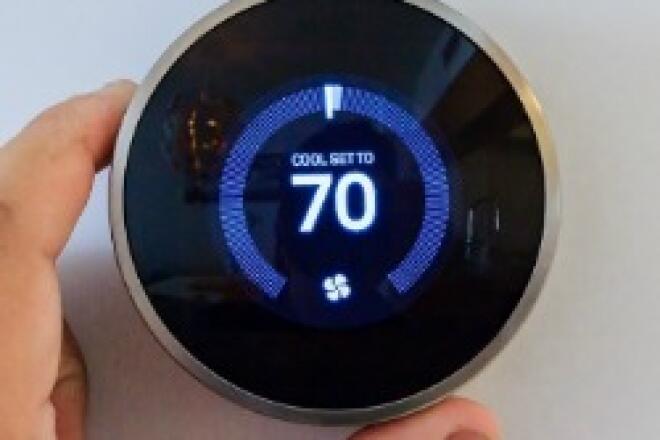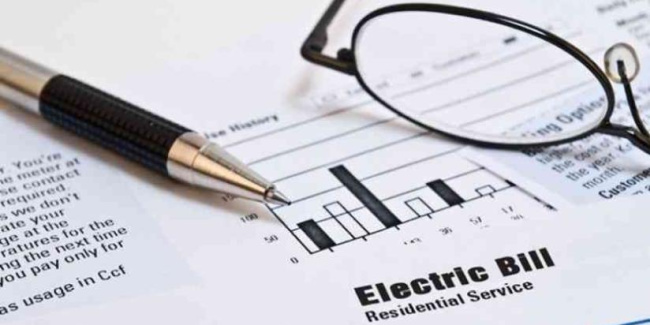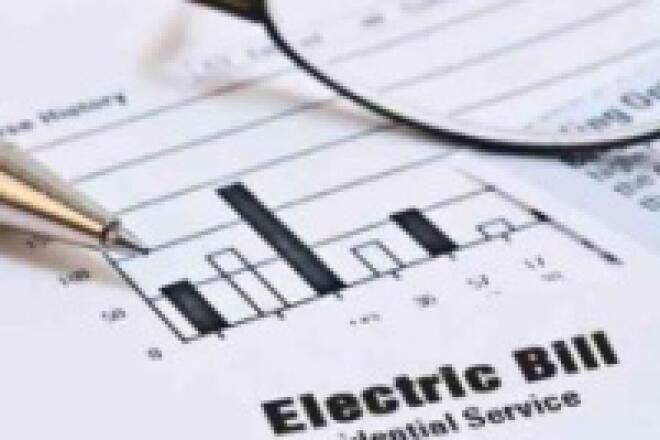
Do You Know Your Power Pricing Options?
In the past, most consumers didn’t have many options (if any at all) when it comes to paying for the electricity that they use at home. However, with smart grids in place in many areas of the country, power companies are now able to offer different options.

Depending on what kind of energy consumer you are, these rate plans may be a great fit for you – or they may cause you to pay more each month, especially if you don’t change your habits. Let’s explore three of these plans and how you might be able to benefit with each:
1. Keep it traditional with a flat rate pricing plan.
The traditional rate plan (and still the most common today) is flat rate pricing. Under this plan, you pay the same consistent price for each kilowatt-hour (kWh) of electricity used – no matter when it’s used. With some power companies, there may be one rate for warmer months and one for colder months; however, for the most part, the price per kWh remains flat.
If you are enrolled in this rate plan, you need to lower your total kWh of electricity consumed for the month to see savings on your bill. This could mean turning off lights when not in use, installing energy-efficient lighting and appliances, weatherizing your home or taking other energy-efficient actions. This plan is pretty simple: use less electricity and save on your bills.
2. Avoid the peak with a time-of-use rate.
Probably the fastest-growing rate plan in recent years is the time-of-use (TOU) rate. With a TOU rate, the time of the day when you consume electricity is key as these plans typically divide the day into two or three blocks with different prices. The “peak” of the day – usually around 3 – 8 p.m. – often has electricity that’s significantly more expensive than the night and morning.
If you have a TOU rate, you want to move as many power-intensive activities (charging an electric vehicle, washing your clothes, running the A/C, etc.) away from the peak as possible. If you’re able to do this successfully, you could see major bill savings. But if not, you could see your bills rise. If you want to test out this plan, some power companies will offer bill protection for six months or a year to help you you get used to using power on a TOU rate.
3. Stay consistent each month with a subscription rate.
One plan that’s emerged in recent years is the subscription rate or even billing plan, which might be similar to your cable or internet plan. Regardless of how much TV you watch, your bill remains a consistent fee each month. With electricity, your power company typically provides you with a custom monthly fee based on your actual electricity usage over the past 12 months.
The obvious benefit with this plan is the peace of mind of knowing exactly what your power bill will be each month. However, some power companies require a settlement bill at the end of the year if you’ve used too much electricity, so be sure to inquire about that if you’re interested in switching to this plan. Also, each year, you’ll get a new monthly fee based on your actual consumption over the past 12 months, so your monthly fee could increase significantly.
These are just a few of the options available today. There are also tiered rate plans, which are similar to flat rate plans but the price per kWh of electricity goes up to a higher “tier” once you hit a certain threshold of usage each month. Some power companies are even offering hourly pricing, where the price per kWh changes each hour. These plans typically follow a similar pattern to TOU rates with expensive electricity at peak demand and low rates at night and in the morning.
The bottom line is that advancements in smart grid technology are providing you with greater control over how you pay for the electricity you use in your home. Today, there are options available to meet your needs whatever they might be. Check with your power company to see which rate plan you’re on and ask if there are any other options that might better suit your lifestyle and energy goals.
To learn more about how electricity is priced and some of the new options you might have, check out the new Exploring Your Power Pricing Options fact sheet here.



